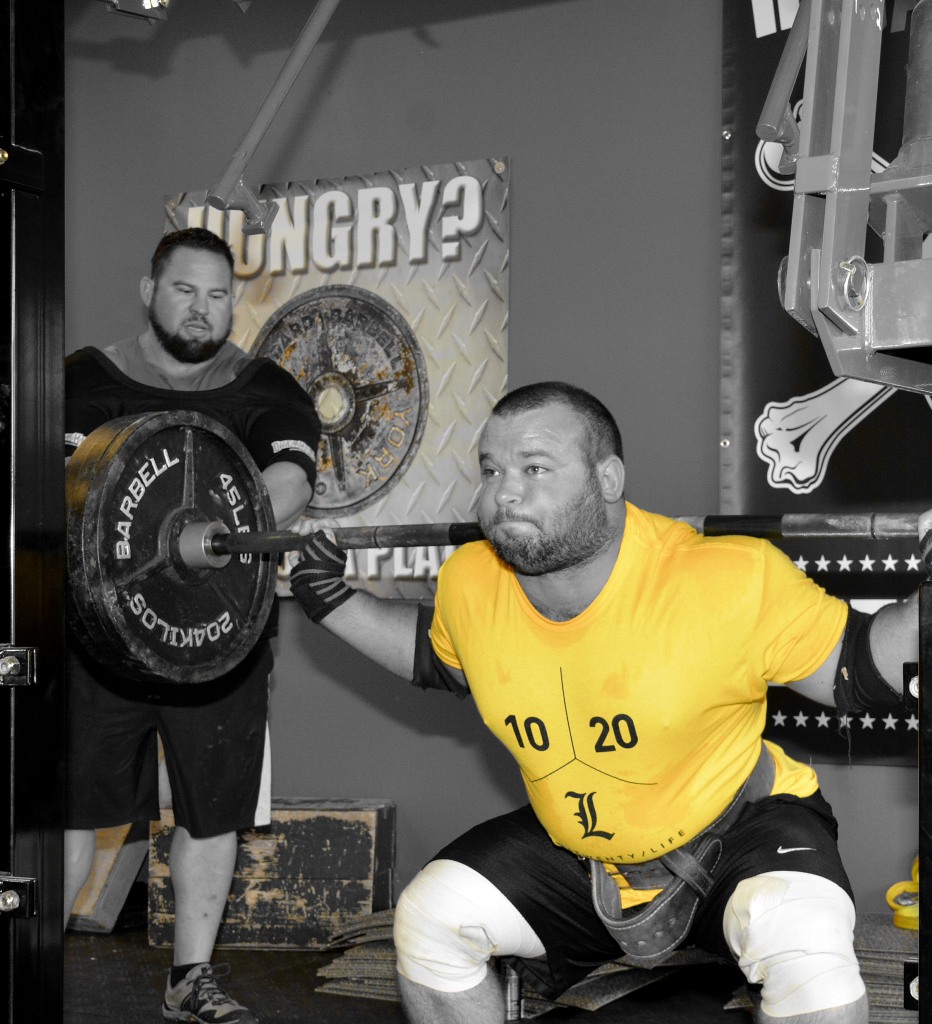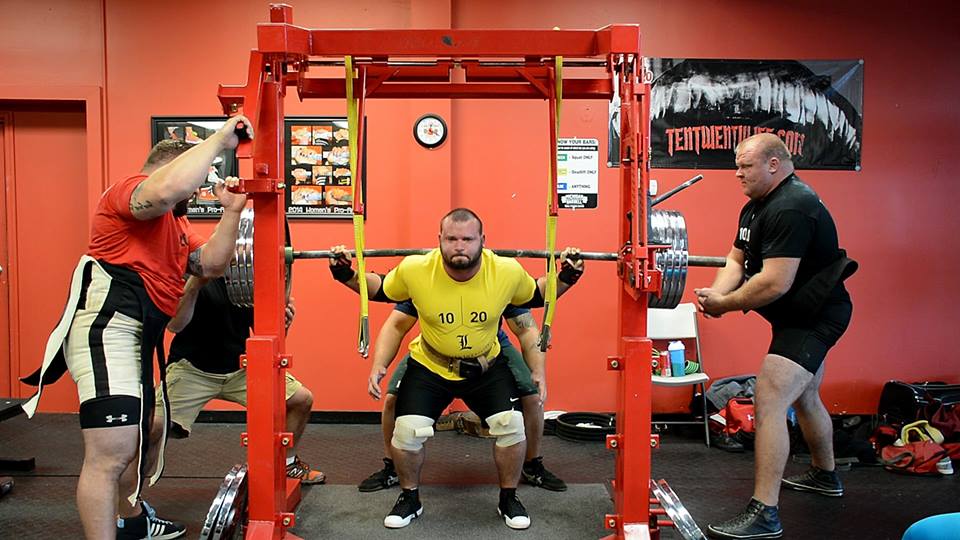
15 Dec How to Attack Weaknesses: Performing a Weakness Analysis!
By: Daniel Dalenberg
One of the most important aspects of setting up a training cycle, regardless of training method, is correctly identifying and attacking weak points. The 10/20/Life book makes coaching yourself and applying the correct movements and technique fixes to your weaknesses an easy task. The most difficult portion of this is going to be figuring out what are your weaknesses exactly. This is where you have to take an honest look in the mirror and put your ego aside so you can take the appropriate steps forward in your training.
When I begin to write a training cycle, I take a three-step process for determining my assistance and extra work. The end result is generally pretty detailed and makes for a nice outline to follow when actually constructing both off-season and pre-contest training cycles. This process is repeated for each of the three lifts and is continuously evaluated after competitions.
Step 1– Identify your weaknesses
This is definitely the most important step. You have to actually know where you weak. Think back to any reps you have missed over the past year and start looking for trends. As a side note, I strongly recommend keeping a detailed training log as that will make this process easier. Video is great too. Ask yourself, at what point in the lift did I miss? Did I have a technical breakdown? Consider lifts that you made as well, review video and look for where technique starts to come apart and where the lift looks and/or feels the most difficult.
Take note of these things, this missing points and technical breakdowns are your major weaknesses.
Step 2– What do you need
This step is a high level overview of what you need to do to address that weakness you just realized. At this point you aren’t looking for the exact movements or set/rep schemes you will be implementing. What you are trying to identify is what needs to get stronger. You should be looking for lagging body parts or what part of your technique is bad- sometimes it may be both.
Step 3– What you will do
This is your plan of attack. Now you have thought through your weaknesses and have identified the lagging areas. At this point you need to identify movements and the general amount of volume/intensity you will use to correct these areas. This is what you will actually program for your assistance work and becomes the backbone of your training cycle.
I recently did a weakness analysis for myself, see my example here: https://www.powerrackstrength.com/dan-dalenberg-off-season-focus/
Check out Brian’s guide in 10/20/Life, start programming smarter and chip away at your weakest links!
Daniel Dalenberg
Latest posts by Daniel Dalenberg (see all)
- A Binge for the Record Books - August 20, 2018
- Training on the Go - July 6, 2018
- Dan Dalenberg | Deload and 5k week! - June 18, 2018







Sorry, the comment form is closed at this time.